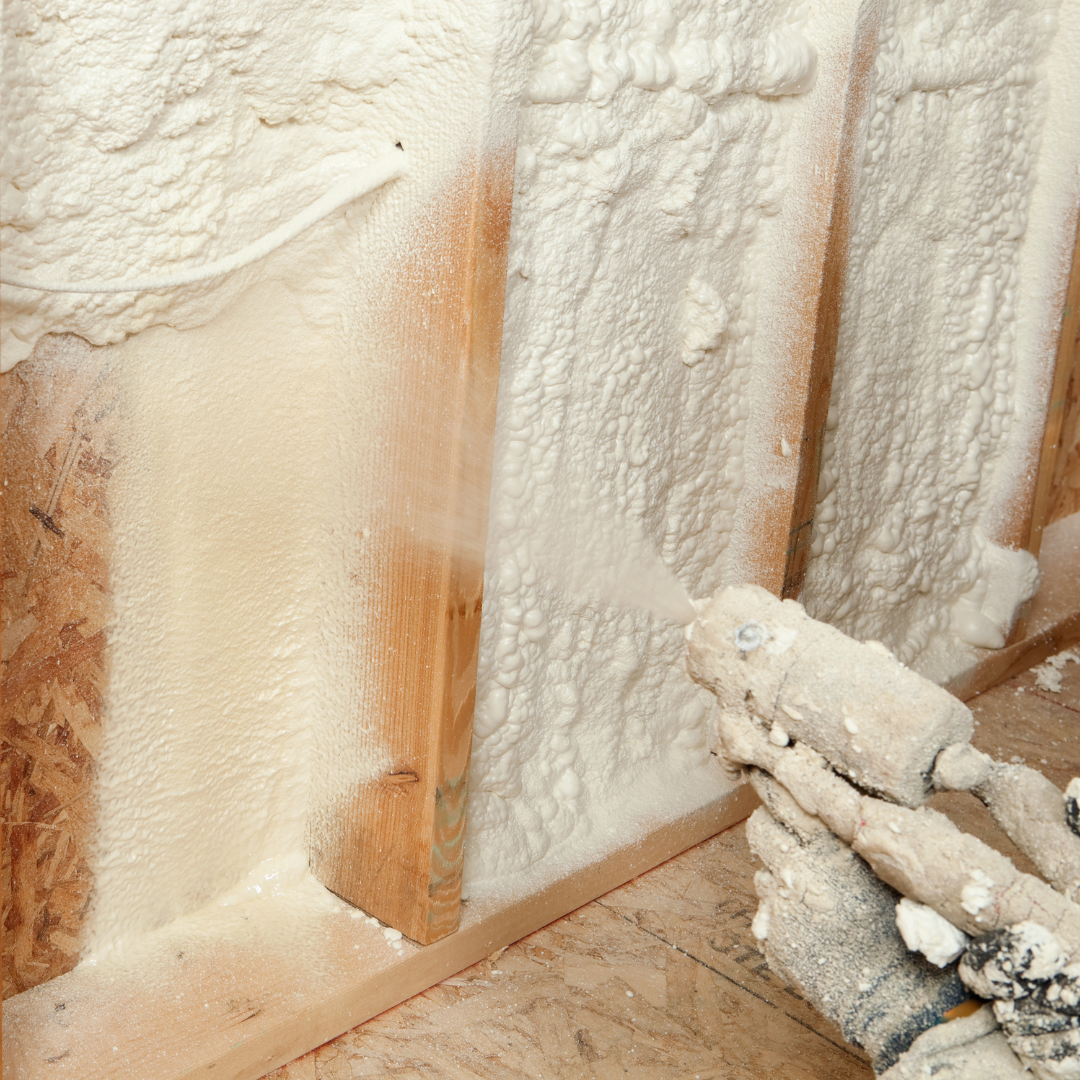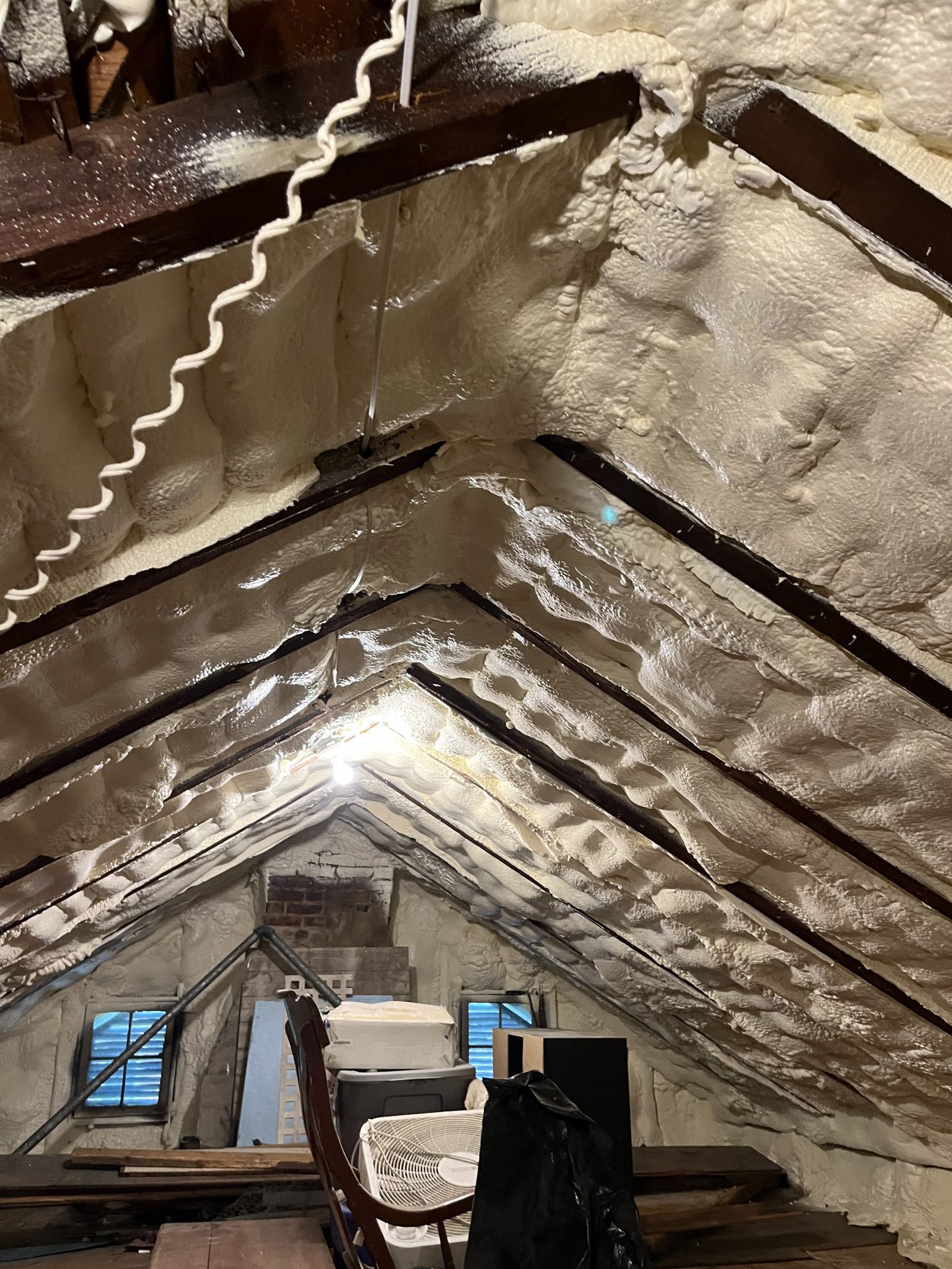Home Insulation Guide | Benefits and Materials
Home Insulation: Comprehensive Guide to Comfort, Savings, and Sustainability
Home insulation is a critical component of building performance. By reducing heat transfer between indoor and outdoor environments, effective insulation improves comfort, lowers energy bills, and minimizes environmental impact. In this in-depth guide, we explore the types of insulation, installation best practices, cost considerations, and long-term benefits. We also integrate internal resources from Insulation Services and external authoritative sources for a seamless, informative experience.
Table of Contents
- Benefits of Home Insulation
- Types of Insulation Materials
- Installation Methods and Best Practices
- Cost Analysis and ROI
- Maintenance and Lifespan
- Conclusion
- Frequently Asked Questions
Benefits of Home Insulation
Proper insulation delivers multiple advantages:
- Energy Efficiency: Insulation reduces heating and cooling loads, cutting energy consumption by up to 30% (NREL).
- Comfort: Eliminates drafts and maintains consistent indoor temperatures.
- Noise Reduction: Thermal barriers also absorb sound, enhancing acoustic comfort.
- Moisture Control: Prevents condensation and mold growth when paired with proper air sealing.
- Environmental Impact: Lowered carbon footprint through reduced energy use (EESI).
Types of Insulation Materials
Selecting the right material depends on climate, budget, and application. Common options include:
1. Fiberglass Insulation
Available as batts or loose-fill, fiberglass is cost-effective and easy to install. It offers an R-value of 2.9–3.8 per inch (This Old House).
2. Spray Foam Insulation
Expanding on application, spray foam seals gaps and provides high R-values (3.5–6.5 per inch). Ideal for attics and rim joists (Spray Foam Advisor).
3. Mineral Wool (Rock Wool)
Non-combustible and water-resistant, rock wool offers soundproofing benefits with R-values around 3.0–3.3 per inch (Rockwool).
4. Cellulose Insulation
Made from recycled paper treated for fire resistance, cellulose has an R-value of 3.5–3.8 per inch and excels in attic installations (Cellulose Insulation Manufacturers).
5. Rigid Foam Boards
Polyiso, XPS, and EPS boards deliver continuous insulation for walls and roofs, with R-values from 3.8 to 6.0 per inch (Foamglas).
Installation Methods and Best Practices
Professional installation ensures performance and compliance with building codes such as the IECC 2018.
Attic Insulation
For attics, blown-in cellulose or fiberglass, or spray foam can be applied over existing insulation. Maintain at least R-38 in cold climates (HomeAdvisor).
Wall Cavities
Drill and inject blown-in insulation for retrofit or install batts within wall studs during new construction.
Basement and Crawlspaces
Use closed-cell spray foam to seal foundation walls and rim joists, preventing moisture intrusion.
Air Sealing and Diagnostics
Combine insulation with air sealing: caulk, weatherstripping, and seal penetrations. Perform blower door tests to identify leaks (Building Performance Institute).
Cost Analysis and ROI
Home insulation costs vary by material and region:
- Fiberglass Batts: $0.40–$1.50 per square foot
- Blown-In Cellulose: $1.00–$2.50 per square foot
- Spray Foam: $1.50–$3.00 for open-cell, $2.50–$4.00 for closed-cell
Long-term savings often offset initial investment within 3–7 years (ANGI).
Maintenance and Lifespan
- Inspect annually for settling, moisture, or pest damage.
- Replace or top-up loose-fill every 10–15 years.
- Keep vents clear; ensure insulation does not block soffit vents.
Conclusion
Investing in quality home insulation optimizes comfort, cutting energy costs while promoting sustainability. Partner with experts like ABC Building Systems to assess needs, select appropriate materials, and ensure professional installation.
Frequently Asked Questions
Q1: What R-value do I need for my home?
A: Recommended R-values vary by climate and application. For attics in cold zones, aim for R-49–R-60; walls often require R-13–R-23.
Q2: How long does insulation last?
A: Most insulation materials last 20–50 years, with periodic maintenance for loose-fill types.
Q3: Can I install insulation myself?
A: DIY installation is possible for fiberglass batts, but professional expertise is recommended for spray foam and dense-pack cellulose.
Q4: Will insulation prevent ice dams?
A: Proper attic insulation and ventilation help maintain roof temperature, reducing ice dam formation (Building Science Corporation).
Q5: Is spray foam safe?
A: When applied correctly, spray foam is safe and durable. Ensure proper curing and ventilation during installation.




